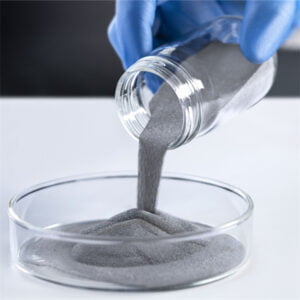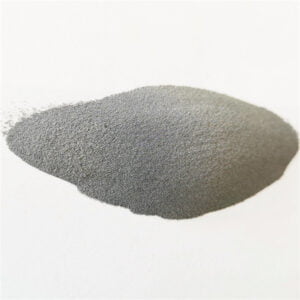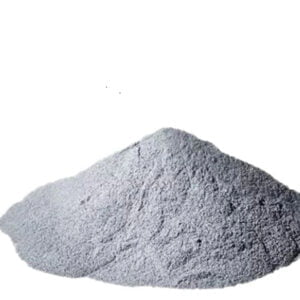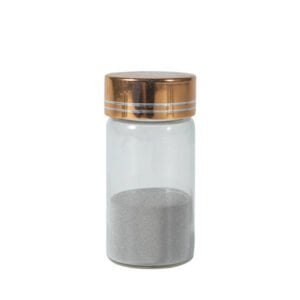Which metal powder is suitable for Material Jetting
Table of Contents
Material jetting, a revolutionary 3D printing technique, has opened doors to creating intricate and functional metal parts. But just like a master chef requires the finest ingredients, achieving optimal results in material jetting hinges on the right metal powder. With a plethora of options available, selecting the most suitable powder can feel like navigating a labyrinth. Fear not, intrepid makers! This comprehensive guide will equip you with the knowledge to choose the perfect metal powder for your material jetting endeavors.
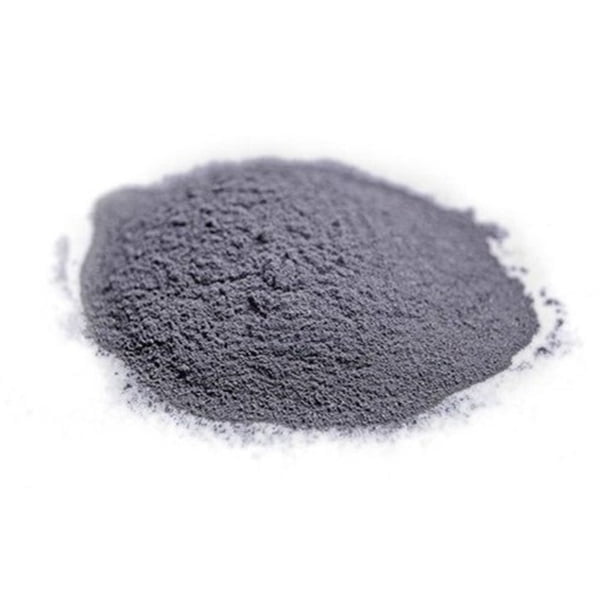
Types of metal powders suitable for Material jetting
Material jetting thrives on a specific breed of metal powders, meticulously crafted for optimal performance. Here’s a closer look at some of the most popular contenders:
| Metal Powder | Composition | Key Properties | Applications |
|---|---|---|---|
| Stainless Steel 316L | 66-70% Iron, 16-18% Chromium, 10-14% Nickel, 2% Molybdenum | Excellent corrosion resistance, high strength, biocompatible | Aerospace components, medical implants, jewelry, chemical processing equipment |
| Stainless Steel 17-4 PH | 63-68% Iron, 16-18% Chromium, 3-5% Copper, 4% Nickel | High strength-to-weight ratio, good machinability, precipitation hardening capability | Gears, shafts, clamps, structural components |
| Inconel 625 | 61% Nickel, 25% Chromium, 9% Iron, 2.5% Molybdenum | Exceptional high-temperature performance, outstanding corrosion resistance | Gas turbine components, heat exchangers, rocket engine parts |
| Titanium Grade 2 | 99.2% Titanium (min) | Lightweight, high strength, biocompatible | Aerospace parts, medical implants, sporting goods |
| Aluminum AlSi10Mg | 90% Aluminum, 10% Silicon, 0.5% Magnesium | Lightweight, good corrosion resistance, excellent castability | Automotive parts, heat sinks, electronic enclosures |
| Copper | 99.5% Copper (min) | Excellent thermal and electrical conductivity, good ductility | Heat exchangers, electrical components, electrodes |
| Maraging Steel 1.2709 | 18% Nickel, 12.5% Cobalt, 5% Molybdenum, rest Iron | Ultra-high strength, good toughness | High-performance tools, aerospace components, weapon parts |
| Kovar | 29% Nickel, 17% Cobalt, 54% Iron | Excellent thermal expansion matching with glass, good electrical conductivity | Electronic packaging, optoelectronic devices |
| Nickel 62 | 99% Nickel (min) | High ductility, good corrosion resistance, excellent electrical and thermal conductivity | Chemical processing equipment, electronics components, electrical conductors |
| Hastelloy C-276 | 57% Nickel, 16% Molybdenum, 15% Chromium, 4% Tungsten | Exceptional corrosion resistance across a wide range of environments | Chemical processing equipment, pulp and paper industry components |
Each metal powder boasts unique characteristics that influence its suitability for specific applications. Let’s delve deeper into some key properties to consider:
- Particle size and distribution: Finer particles (typically ranging from 15 to 50 microns) create smoother surface finishes and enable intricate details but may be more challenging to handle. Conversely, larger particles offer better flowability but might result in a rougher surface texture.
- Sphericity: Spherical particles pack more efficiently, leading to higher packing density and improved mechanical properties in the final part.
- Flowability: Powders with good flowability are easier to handle and distribute within the printer, ensuring consistent printing quality.
- Reactivity: Highly reactive powders may require special handling procedures to prevent oxidation or other unwanted chemical reactions.
-
 Ti45Nb Powder for Additive Manufacturing
Ti45Nb Powder for Additive Manufacturing -
 TiNb Alloy Powder
TiNb Alloy Powder -
 TiNbZrSn Alloy Powder
TiNbZrSn Alloy Powder -
 Ti6Al4V Powder Titanium Based Metal Powder for Additive Manufacturing
Ti6Al4V Powder Titanium Based Metal Powder for Additive Manufacturing -
 CPTi Powder
CPTi Powder -
 TC18 Powder : Unlocking the Power of Titanium Carbide
TC18 Powder : Unlocking the Power of Titanium Carbide -
 TC11 Powder : A Comprehensive Guide
TC11 Powder : A Comprehensive Guide -
 TC4 ELI Powder
TC4 ELI Powder -
 Best Ti-6Al-4V powder (TC4 Powder)for additive manufacturing
Best Ti-6Al-4V powder (TC4 Powder)for additive manufacturing
Applications of Material Jetting
Material jetting, coupled with the right metal powder, opens doors to a vast array of applications. Here are some examples:
- Aerospace: Lightweight and high-strength metal parts like engine components and airframe structures.
- Medical: Biocompatible implants like hip replacements and dental crowns.
- Automotive: Customizable and lightweight components for enhanced performance and fuel efficiency.
- Consumer Goods: Jewelry with intricate designs and complex geometries.
- Electronics: Heat sinks with intricate cooling channels for optimal thermal management.
Factors to choose suitbale metal powers
Selecting the optimal metal powder for your material jetting project requires careful consideration of several factors. Here’s a roadmap to guide you:
- Desired Properties: The first step is to identify the crucial properties you require in the final printed part. Is high strength paramount for a structural component, or is exceptional corrosion resistance essential for a chemical processing application? Different metal powders offer distinct advantages – understand your project’s specific needs.
- Printer Compatibility: Not all metal powders are compatible with every material jetting printer. Consult your printer’s manual or manufacturer’s specifications to ensure the chosen powder aligns seamlessly with your machine’s capabilities. Material jetting printers often have specific requirements for particle size distribution, density, and reactivity of the powder.
- Post-Processing Requirements: Different metal powders necessitate varying post-processing techniques to achieve the desired final properties. For instance, some powders might require sintering (a heat treatment process) for densification and enhanced strength, while others may involve infiltration (filling pores with a different material) to improve specific properties. Consider the post-processing expertise and equipment available to you when selecting a powder.
- Cost: Metal powders can vary significantly in price. Exotic or high-performance alloys naturally command a premium compared to more common materials like stainless steel. Evaluate your budget constraints and prioritize the properties essential for your project to strike a cost-effective balance.

A Tale of Ten Powders
Now, let’s delve into the specifics of ten popular metal powders for material jetting, highlighting their unique strengths and ideal applications:
- Stainless Steel 316L: An austenitic stainless steel, 316L reigns supreme in terms of corrosion resistance. Its high chromium and nickel content make it impervious to rust, acids, and alkalis. This biocompatible material is a popular choice for medical implants, chemical processing equipment, and even jewelry due to its aesthetic appeal. However, compared to other options, 316L exhibits lower strength.
- Stainless Steel 17-4 PH: Known for its exceptional strength-to-weight ratio, 17-4 PH is a precipitation-hardening stainless steel. This means it can be strengthened further through a heat treatment process, making it ideal for applications demanding high mechanical performance without excessive weight. Think gears, shafts, and structural components in the aerospace and automotive industries.
- Inconel 625: The undisputed champion for high-temperature applications, Inconel 625 is a nickel-chromium superalloy that thrives in extreme environments. It boasts exceptional resistance to oxidation, creep (deformation under stress at high temperatures), and harsh chemicals. Gas turbine components, heat exchangers, and even rocket engine parts all leverage the remarkable properties of Inconel 625. On the flip side, this high-performance material comes at a premium price.
- Titanium Grade 2: For applications demanding a lightweight yet robust material, Titanium Grade 2 steps into the spotlight. This biocompatible metal is exceptionally strong for its weight, making it a favorite in the aerospace industry for parts requiring a perfect blend of strength and minimal weight. Medical implants also benefit from Grade 2 Titanium’s biocompatibility. However, titanium can be more challenging to work with compared to some other metal powders due to its higher reactivity.
- Aluminum AlSi10Mg: Widely used across various industries, Aluminum AlSi10Mg offers an enticing combination of low weight, good corrosion resistance, and excellent castability. The addition of 10% silicon enhances its castability, making it ideal for producing intricate geometries. Automotive parts, heat sinks, and electronic enclosures all leverage the versatility of Aluminum AlSi10Mg. While not the strongest metal powder on the market, it shines in applications prioritizing lightweight performance.
- Copper: An excellent conductor of heat and electricity, Copper finds its niche in heat exchangers, electrical components, and even electrodes. However, pure copper can be challenging to process due to its high ductility (the tendency to deform under stress). Imagine trying to work with very soft Play-Doh – that’s kind of what pure copper can be like in a 3D printing context. To address this, manufacturers sometimes offer copper alloys with slightly different properties that might be easier to manage during the printing process.
- Maraging Steel 1.2709: When ultra-high strength is the name of the game, maraging steel 1.2709 steps forward. This nickel-cobalt-molybdenum alloy boasts exceptional strength while maintaining good toughness. Think of it as the superhero of metal powders – powerful yet resilient. Its applications include high-performance tools that need to withstand extreme stress, critical aerospace components where failure is not an option, and even weapon parts. As with most superheroes, this high-performance material comes at a cost – maraging steel 1.2709 is on the pricier side of the metal powder spectrum.
- Kovar: This unique metal powder blend shines in applications demanding a material with a thermal expansion coefficient that closely matches glass. Kovar’s specific composition (iron, nickel, and cobalt) achieves this feat, making it ideal for electronic packaging and optoelectronic devices where seamless integration with glass components is crucial. Imagine a perfectly synchronized dance between the metal and glass – that’s the magic of Kovar at play.
- Nickel 62: If high ductility, excellent corrosion resistance, and top-notch electrical and thermal conductivity are on your wishlist, Nickel 62 might be your perfect match. This pure nickel powder is a versatile choice for chemical processing equipment, electronic components like connectors, and electrical conductors that require superior performance.
- Hastelloy C-276: For those venturing into harsh chemical environments, Hastelloy C-276 is a champion. This nickel-chromium-molybdenum-tungsten alloy offers exceptional corrosion resistance across a wide range of chemicals, making it a valuable player in the chemical processing industry and the pulp and paper industry where harsh chemicals are a constant reality.
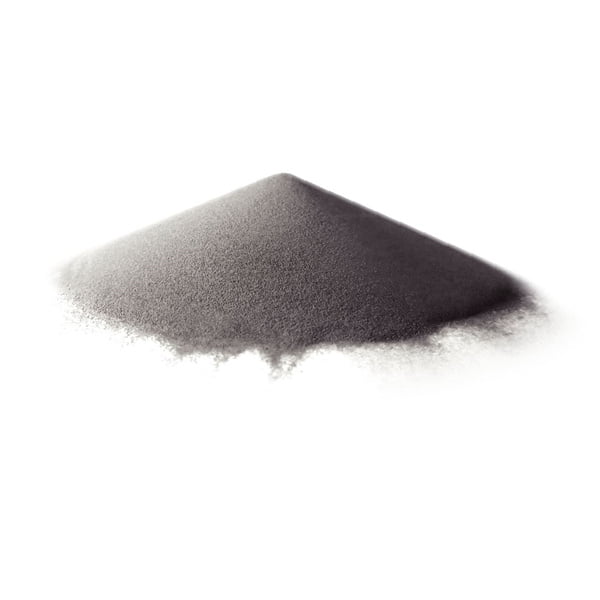
Additional Considerations
While the ten metal powders explored above represent some of the most popular choices, the world of material jetting powders is ever-expanding. Here are some additional factors to consider when making your final selection:
- Emerging Powders: New and innovative metal powders are constantly under development, offering unique properties or improved printability. Stay updated on the latest advancements to leverage cutting-edge materials for your project.
- Environmental Impact: As sustainability becomes a growing concern, consider the environmental impact of your chosen metal powder. Factors like the energy consumption required for powder production and the potential for recycling can play a role in your decision.
- Safety: Some metal powders can pose health risks if not handled properly. Always consult the safety data sheet (SDS) for the specific powder you’re considering and implement appropriate safety measures during handling and storage.
A Side-by-Side Comparison
To aid your decision-making process, here’s a table offering a side-by-side comparison of some key properties for the ten metal powders we’ve explored:
| Metal Powder | Key Properties | Typical Applications |
|---|---|---|
| Stainless Steel 316L | Excellent corrosion resistance, biocompatible | Medical implants, chemical processing equipment, jewelry |
| Stainless Steel 17-4 PH | High strength-to-weight ratio, good machinability | Gears, shafts, clamps, structural components |
| Inconel 625 | Exceptional high-temperature performance, outstanding corrosion resistance | Gas turbine components, heat exchangers, rocket engine parts |
| Titanium Grade 2 | Lightweight, high strength, biocompatible | Aerospace parts, medical implants, sporting goods |
| Aluminum AlSi10Mg | Lightweight, good corrosion resistance, excellent castability | Automotive parts, heat sinks, electronic enclosures |
| Copper | Excellent thermal and electrical conductivity, good ductility | Heat exchangers, electrical components, electrodes |
| Maraging Steel 1.2709 | Ultra-high strength, good toughness | High-performance tools, aerospace components, weapon parts |
| Kovar | Excellent thermal expansion matching with glass, good electrical conductivity | Electronic packaging, optoelectronic devices |
| Nickel 62 | High ductility, good corrosion resistance, excellent electrical and thermal conductivity | Chemical processing equipment, electronics components, electrical conductors |
| Hastelloy C-276 | Exceptional corrosion resistance across a wide range of environments | Chemical processing equipment, pulp and paper industry components |
Where to Find Your Perfect Match
Now that you’re armed with a comprehensive understanding of metal powders for material jetting, it’s time to source your champion. Here’s a glimpse into some of the leading suppliers:
- Höganäs: A globally recognized leader, Höganäs offers a vast selection of metal powders for various additive manufacturing technologies, including material jetting. They provide detailed information on powder properties, particle size distributions, and safety data sheets.
- AP Powder Company: A reputable supplier with expertise in metal powders for 3D printing, AP Powder Company offers a range of options compatible with material jetting printers. They emphasize quality control and consistency in their products.
- Carpenter Additive Manufacturing: This subsidiary of Carpenter Technology Corporation focuses on delivering high-performance metal powders for demanding applications. Their portfolio includes powders specifically designed for material jetting, catering to industries like aerospace and medical.
- BASF 3D Printing Solutions: Backed by the immense resources of BASF, this division offers a growing selection of metal powders for additive manufacturing, including material jetting. They prioritize innovation and developing advanced materials for cutting-edge applications.
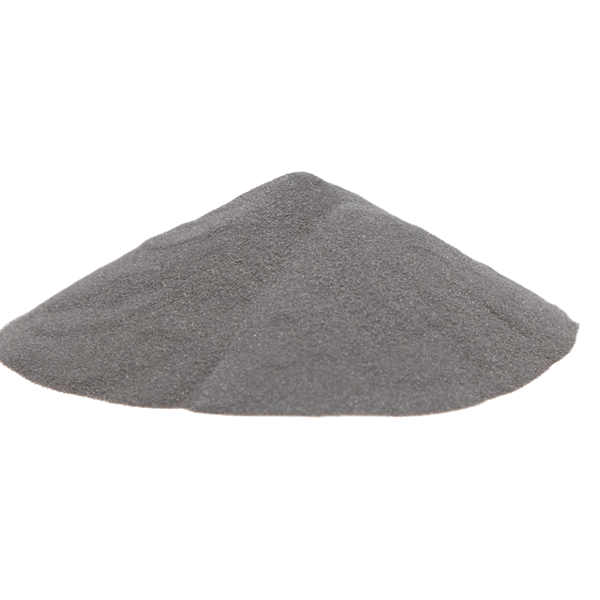
Exploring Alternative Suppliers
The landscape of metal powder suppliers is constantly evolving. Here are some additional tips for finding the perfect match for your project:
- Research niche suppliers: Smaller, specialized companies might offer unique metal powders or cater to specific needs.
- Consider location: Proximity to a supplier can influence shipping costs and lead times.
- Minimum order quantities: Be mindful of minimum order requirements set by some suppliers, especially if you’re starting with a small project.
FAQ
Q: Can I use any metal powder for material jetting?
A: Not all metal powders are created equal. Material jetting printers have specific requirements for particle size, distribution, flowability, and even reactivity. It’s crucial to choose a powder specifically formulated for material jetting to ensure optimal printing quality and successful outcomes.
Q: Safety first! What precautions should I take when handling metal powders?
A: Metal powders can pose health risks if not handled properly. Always consult the safety data sheet (SDS) for the specific powder you’re using. Common safety measures include wearing gloves, eye protection, and a respirator when handling the powder, and working in a well-ventilated environment.
Q: Is there a magic formula for choosing the right metal powder?
A: Unfortunately, there’s no one-size-fits-all solution. The ideal metal powder hinges on your project’s specific requirements. Consider factors like the desired properties in the final part, compatibility with your printer, post-processing needs, and of course, your budget.
Selecting the right metal powder for material jetting is a crucial step in your 3D printing journey. By leveraging the knowledge gleaned from this guide, you’re well-equipped to navigate the exciting world of metal powders and choose the champion that perfectly aligns with your project’s needs. Remember, the perfect metal powder awaits – unleash your creativity and embark on the path to 3D printing success!
Share On
MET3DP Technology Co., LTD is a leading provider of additive manufacturing solutions headquartered in Qingdao, China. Our company specializes in 3D printing equipment and high-performance metal powders for industrial applications.
Inquiry to get best price and customized Solution for your business!
Related Articles
About Met3DP
Recent Update
Our Product
CONTACT US
Any questions? Send us message now! We’ll serve your request with a whole team after receiving your message.

Metal Powders for 3D Printing and Additive Manufacturing
COMPANY
PRODUCT
cONTACT INFO
- Qingdao City, Shandong, China
- [email protected]
- [email protected]
- +86 19116340731









